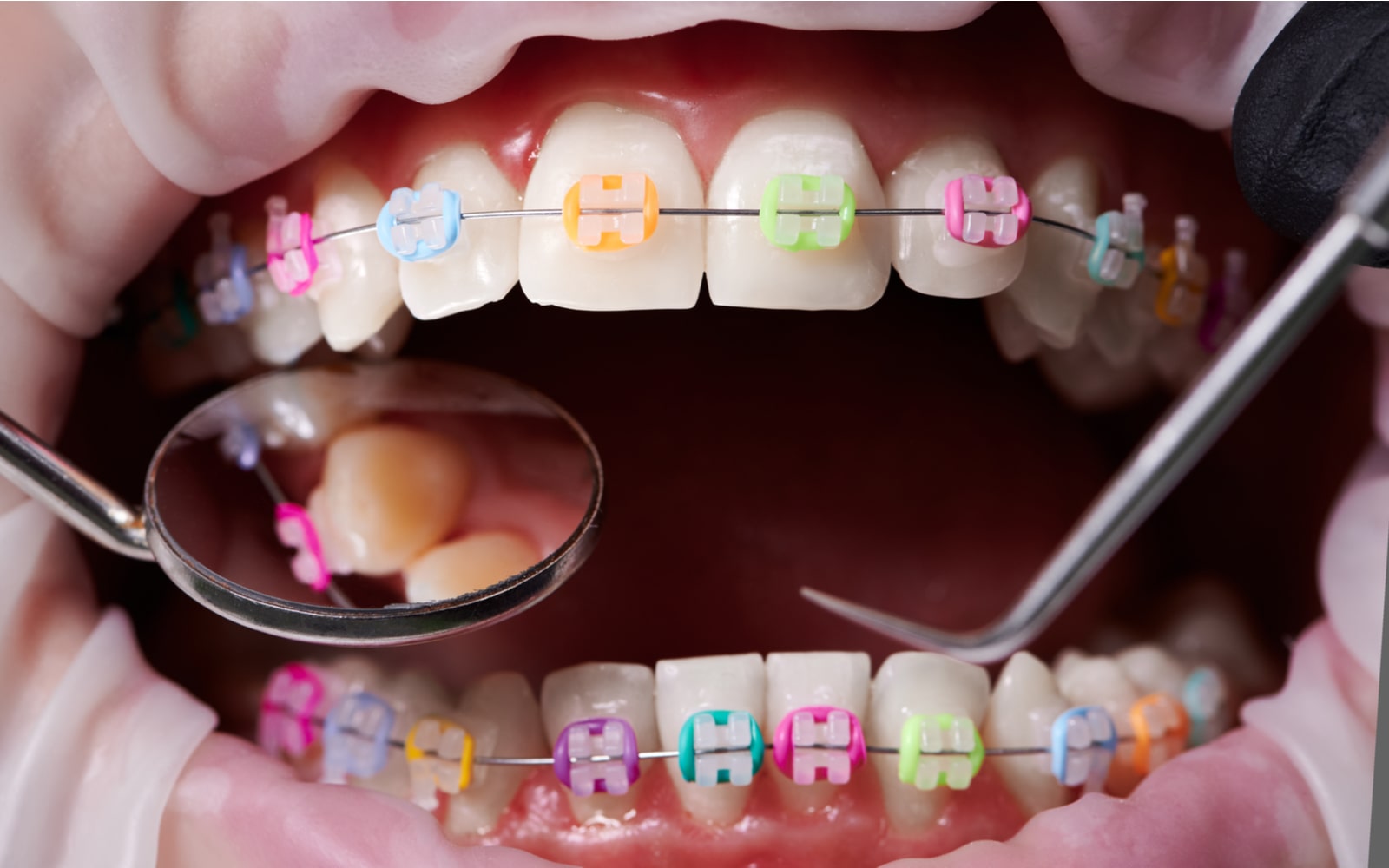There is a significant sense of excitement accompanying the beginning of the orthodontic journey. The day you get your appliances may feel like the beginning of a new life. Those who have lived with embarrassment over the appearance of their teeth often find the idea of straight, beautiful teeth to be uplifting. They’ve spent years of dreaming of being able to smile without feeling self-conscious, and that day is finally on its way. The journey itself can take months or even years to complete, but at least they’ve begun. However, the first stages can be somewhat uncomfortable. Many new orthodontic patients report inflammation and soreness from their new appliance for the first couple of weeks.
Get Relief From Orthodontic Pain From Your Dentist
While orthodontic pain may be common with treatment, there are distinct differences in experience. Many patients receive orthodontic treatment without any feelings of discomfort at all. Others experience it so acutely they have difficulty speaking clearly, eating, and even sleeping. The level of discomfort also varies based on the orthodontic treatment that was provided and the patient’s individual pain tolerance. You can easily manage most instances of orthodontic pain with dietary changes and over-the-counter pain treatments.
- Non-Steroidal Anti-Inflammatory Drugs: Naproxen sodium and ibuprofen can both be found in this family of medicine. They work by easing the inflammation and swelling in the tissues, easing the associated discomfort.
- Analgesics: Analgesics, such as acetaminophen, reduce the body’s ability to perceive pain. When combined with NSAIDs, they can be quite effective at reducing discomfort.
- Targeted Nutritional Guidance: Our dietary choices are an important part of managing our discomfort after receiving orthodontic care. The foods we choose can put additional strain on our teeth by being sticky or hard to chew. Changing our dietary habits is commonly recommended when we begin orthodontic treatment.
- Cold Therapy – The inflammation associated with orthodontic pain can also be eased by applying cold to the area. This can result in the swelling going down and addressing the immediate cause.
- Dental Wax – Less pain control and more prevention; dental wax can help by blunting the sharp ends of wires used with braces.
When you’re considering ways to ease orthodontic pain, it’s best to speak to your dentist about it. The pain following your orthodontic treatment can also be a sign of complications arising. While this is uncommon, it’s important to let your dentist check on the source of the pain. In a greater number of cases, your dentist will suggest one of the above methods. If something more concerning is happening, your dentist may need to adjust your orthodontic appliance. Of course, other concerns could be involved, including abscesses, cavities, and thinning enamel. These are unrelated to the orthodontic treatment but can still be troublesome.
Consult Your Dentist About Orthodontic Pain Relief
The pain you experience after your orthodontic procedure is generally mild and will only persist for a period of up to two weeks. In the meantime, you may discover that it’s beneficial to take steps to control it. Your dentist can advise steps to take in addition to those above.



